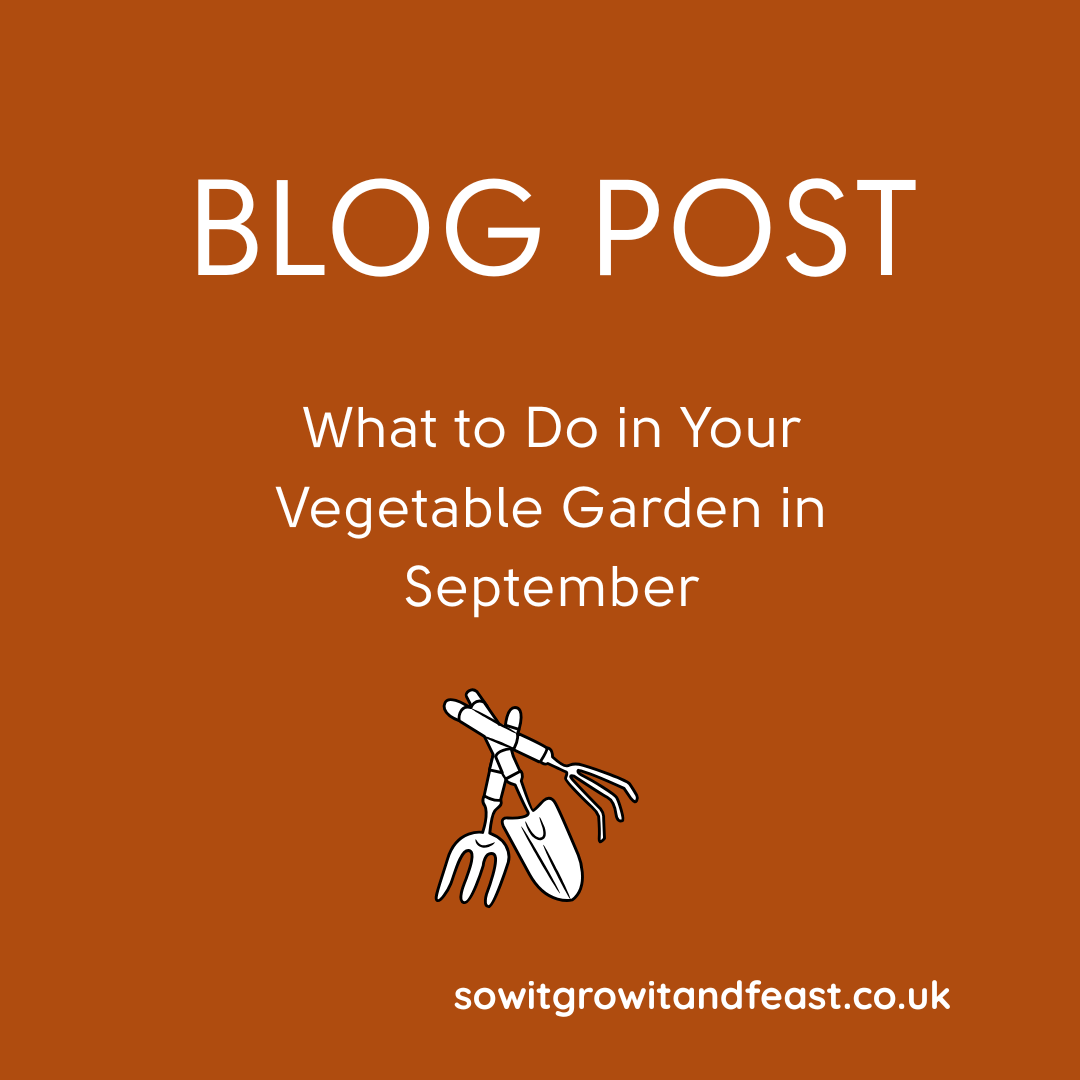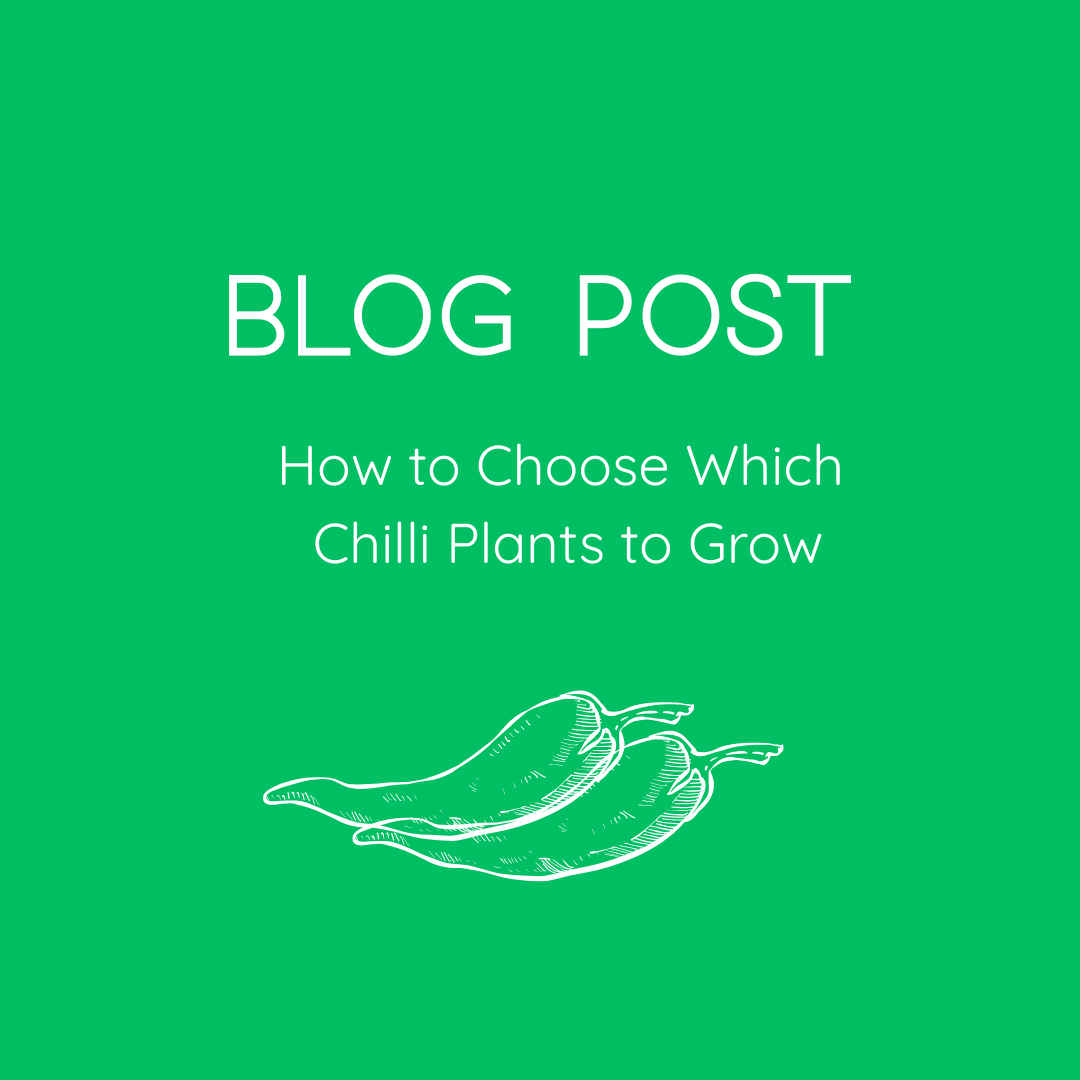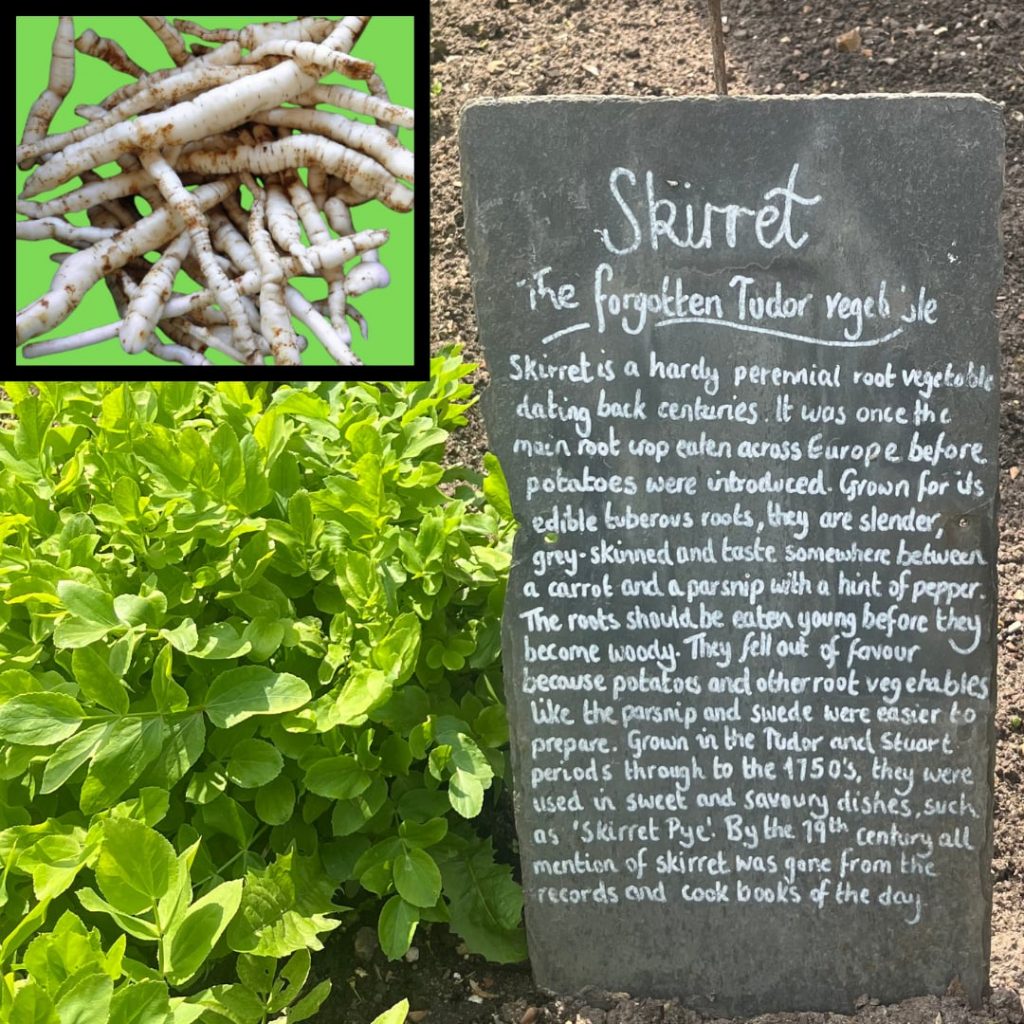Onions are a true kitchen staple, adding a foundational flavour to countless dishes around the world. But have you ever experienced the crisp, pungent taste of one pulled straight from your own garden? Growing your own onions is a deeply rewarding process, and with a little guidance, it’s something any gardener can achieve.
A Brief History of the Humble Onion
The onion, known botanically as Allium cepa, is one of the oldest cultivated vegetables in the world. It belongs to the same plant family as garlic, leeks, chives and shallots. While its exact wild origins are uncertain, botanists believe it likely originated in Central Asia. Archaeological and written records suggest that onions were being cultivated in ancient Egypt as far back as 3500 BC. They were not just food; they were worshipped for their spherical shape and concentric rings, which were thought to symbolise eternal life.
From ancient civilisations to medieval kitchens and modern-day allotments, the onion has remained a constant. Its ability to be stored for long periods made it an essential crop, providing vital nutrition and flavour when other fresh produce was scarce. Today, it’s hard to imagine a cuisine that doesn’t rely on the onion’s unique ability to build a rich and savoury base.
Onion Varieties for Your Garden
When you decide to grow onions, you’ll find there are many varieties to choose from. They are typically categorised by colour—red, white and yellow (or brown)—and can be grown either from seeds or from “sets,” which are small, immature bulbs. For beginner gardeners, starting with sets is often the easiest and most reliable method.
Here are some excellent varieties that perform well in the UK climate:
Yellow/Brown Onions
These are the classic all-rounders, perfect for cooking. They have a strong flavour that mellows beautifully when sautéed, roasted, or caramelised.
- ‘Sturon’: A very popular and reliable variety. It produces firm, globe-shaped bulbs with golden-brown skin and stores exceptionally well. It’s a great choice for a main crop.
- ‘Setton’: An improved version of ‘Sturon’, offering even better yields and excellent storage potential. It has good resistance to bolting (flowering prematurely).
- ‘Stuttgart Giant’: A traditional favourite that produces large, slightly flattened bulbs. It’s known for its mild flavour and is good for both cooking and slicing raw into salads.
Red Onions
Known for their vibrant colour and milder, sweeter taste, red onions are wonderful in salads, salsas, and sandwiches. They also add a lovely colour to cooked dishes.
- ‘Red Baron’: This is one of the most reliable red onion varieties for the UK. It produces deep red, globe-shaped bulbs with a crisp texture and good flavour. It also stores well for a red onion.
- ‘Electric’: A fast-maturing variety that produces flat-topped, vivid red bulbs. It’s best used relatively quickly after harvesting as it doesn’t store as long as other types.
White Onions
White onions have a sharper, more pungent flavour when raw but become sweet when cooked. They are a staple in many Mexican dishes.
- ‘Snowball’: A classic white onion that produces round, pure-white bulbs. It has a mild flavour and is best used fresh from the garden, as it has a shorter storage life.
How to Grow Onions
Growing onions is a straightforward process. You can start them from seed for a cheaper but more labour-intensive option, or from sets for an easier, quicker crop. We’ll focus on growing from sets, as it’s the most common method in the UK.
When and Where to Plant
- Autumn Planting: Some hardy varieties, like ‘Radar’ and ‘Electric’, can be planted in September or October. This gives them a head start, resulting in an earlier harvest the following summer.
- Spring Planting: The main planting season for onion sets is from March to April, once the soil has warmed up and is workable.
Onions need a sunny, open spot with well-drained soil. They do not thrive in heavy, waterlogged clay. Before planting, prepare the bed by removing any weeds and stones. Dig in some well-rotted organic matter, like compost, to improve soil structure and fertility. A week or two before planting, rake in a general-purpose fertiliser. Onions prefer a soil pH between 6.0 and 7.0.
How to Plant Onion Sets
Planting your sets is simple. Follow these steps for success:
- Prepare the Sets: Gently separate the small bulbs.
- Mark Your Rows: Use a string line to create straight rows. This makes weeding much easier later on. Space your rows about 25-30cm (10-12 inches) apart.
- Plant the Bulbs: Push each set into the soil so that just the very tip is showing above the surface. If your soil is firm, you may need to use a trowel to make a small hole for each one.
- Spacing: Space the sets about 10-15cm (4-6 inches) apart within the row. This gives them enough room to swell into full-sized bulbs.
Birds can sometimes be a problem, as they may pull the newly planted sets out of the ground. Covering the bed with horticultural fleece or netting for a few weeks until the roots are established can prevent this.
Caring for Your Onion Crop
Once planted, onions are relatively low-maintenance, but a little care will ensure a healthy, heavy crop.
Watering
Water your onions regularly, especially during dry spells. The soil should be kept consistently moist but not waterlogged. When the bulbs start to swell, consistent watering is crucial. Stop watering completely once the onions are fully grown and the foliage starts to turn yellow and fall over, as this helps them to mature and prepare for storage.
Weeding
It is very important to keep your onion patch weed-free. Onions have shallow roots and do not compete well with weeds for water and nutrients. Weed carefully by hand or with a hoe, taking care not to damage the delicate onion bulbs just below the surface.
Feeding
If you prepared the soil well before planting, your onions may not need additional feeding. However, if growth seems slow, you can give them a boost in early summer with a high-nitrogen liquid feed, like a sulphate of ammonia fertiliser. Avoid feeding them after mid-summer, as this can encourage soft growth that won’t store well.
Pests and Diseases
Onions are generally robust, but there are a few issues to watch out for:
- Onion White Rot: This is a serious fungal disease that causes the leaves to turn yellow and wilt, and a white, fluffy mould appears on the base of the bulb. There is no chemical cure, and the fungus can remain in the soil for many years. If you find it, you must remove and destroy affected plants and avoid growing onions, leeks, or garlic in that spot for at least eight years.
- Leek Rust: This appears as bright orange pustules on the leaves. It’s more common in wet weather. While it looks alarming, it rarely affects the bulb’s development. Ensure good air circulation and avoid overcrowding to reduce the risk.
- Onion Fly: The larvae of this fly burrow into the bulbs, causing them to rot. You can protect your crop by covering it with insect-proof mesh from May onwards.
Harvesting and Storing Your Onions
Your onions will tell you when they are ready for harvesting. The leafy tops will start to turn yellow and flop over. This usually happens in late summer, from August to September.
How to Harvest
On a dry day, gently lift the bulbs from the soil using a garden fork. Be careful not to spear them! You can leave them on the surface of the soil for a day or two to dry in the sun, but bring them under cover if rain is forecast.
How to Dry and Cure Onions
Properly drying, or “curing,” your onions is the secret to making them last for months.
- Find a Dry Space: Lay the onions out in a single layer on racks or trays. An airy greenhouse, a sunny conservatory, or a well-ventilated shed is ideal. Make sure they are not touching, as this allows air to circulate freely.
- Let Them Cure: Leave them to dry for two to three weeks, or until the foliage is dry and papery and the outer skins are crisp.
- Prepare for Storage: Once cured, you can trim the roots off the bottom of the bulb and shorten the dried tops. You can either cut the tops down to about 2.5cm (1 inch) or leave them long if you plan to create a traditional onion plait.
How to Store Onions
Store your cured onions in a cool, dry, and dark place. Net bags, old tights, or plaited strings hung from the ceiling are perfect as they allow for good air circulation. Avoid storing them in plastic bags, as this will cause them to rot. Do not store them with potatoes, as onions release ethylene gas which can cause potatoes to sprout prematurely.
Properly stored, maincrop varieties like ‘Sturon’ and ‘Red Baron’ can last well into the following spring.
Using Your Home-Grown Onions
There is nothing more satisfying than cooking with produce you have grown yourself. The flavour of a freshly harvested onion is often more intense and vibrant than anything you can buy. Here are a few simple recipe ideas to make the most of your crop:
- Classic French Onion Soup: The ultimate celebration of the onion. Slowly caramelise thinly sliced onions for at least 40 minutes until they are deeply brown and sweet, then simmer in a rich beef broth. Top with a crusty slice of bread and melted Gruyère cheese.
- Caramelised Onion Tart: A simple yet elegant dish. Spread deeply caramelised onions over a sheet of puff pastry, crumble over some goat’s cheese or feta, and bake until golden.
- Simple Onion Bhajis: Mix thinly sliced onions with a spiced gram flour batter and fry in small spoonfuls until crisp and golden brown. A perfect snack or starter.
- Roasted Onions: Peel and halve your onions, toss them with olive oil, salt, and a sprig of thyme, and roast them in a hot oven until tender and sweet.
Your Garden, Your Kitchen
Growing onions is a journey that connects you to the food you eat. From the simple act of pushing a small set into the soil to the satisfaction of plaiting your cured crop for winter storage, it’s a process that is both grounding and fulfilling. You can bring a fundamental ingredient from your garden straight to your plate, adding flavour and nourishment to your meals. We hope this guide has encouraged you to give it a try.
Further Reading: Your Complete Guide to Growing Garlic, All About Pumpkins, What to Do in Your Vegetable Garden in September








